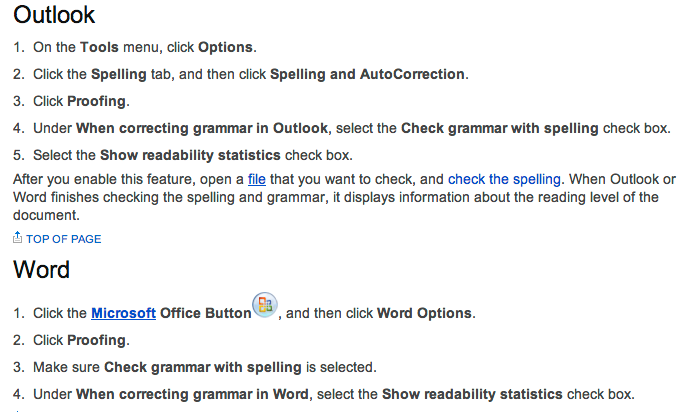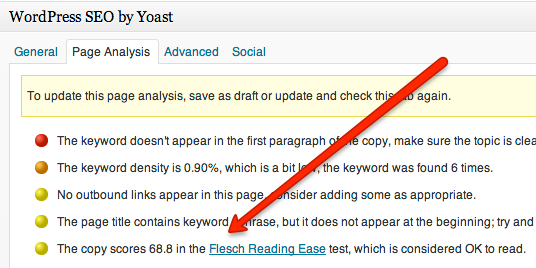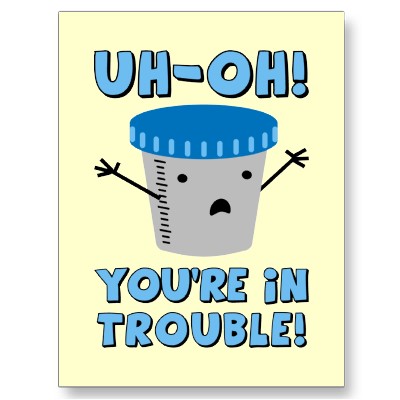 Google has released their latest algorithm update which they have named Penguin 2.0. According to Matt Cutts (head of Google’s web spam team), this update will have an even stronger impact than Penguin 1.0 did, so I thought it would be worth talking about today. If you own a website/blog then you need to care about this. A lot of people get a little glassy-eyed when I start talking SEO stuff, so I’m going to keep this really simple. What are some of the changes webmasters like us can expect and how will it matter.
Google has released their latest algorithm update which they have named Penguin 2.0. According to Matt Cutts (head of Google’s web spam team), this update will have an even stronger impact than Penguin 1.0 did, so I thought it would be worth talking about today. If you own a website/blog then you need to care about this. A lot of people get a little glassy-eyed when I start talking SEO stuff, so I’m going to keep this really simple. What are some of the changes webmasters like us can expect and how will it matter.
Most of my readers are not into black hat SEO stuff. Link spamming, blog networking, etc. and according to Google that’s who ALL of their updates have targeted, but that simply isn’t true. If you are a small business owner, entrepreneur, or novice web master/blogger then you could have made tons of SEO mistakes inadvertently and paid the price for it when Google rolled out their updates. Especially because many of the strategies site owners were taught to do years ago were perfectly fine by Google and they worked, but were abused by some web owners, so the rules have changed. Penguin 2.0!
Changes to expect:
1. SPAM
Obviously first and foremost, Google is looking to eliminate spammy sites. Many web owners have complained that after their last 3 Penguin related updates, that there were still many spammy sites outranking them in the search results. I agree. I saw this too in my space on the web as well. Google is never specific about the indicators they are looking for when deciding if a site is user friendly vs spammy, but let’s hope they start with the obvious culprits. Sites that are keyword stuffed, outdated, and have no social signals.
My one takeaway on this area is that it’s important that you continue to INCREASE the freshness of your site. You do this by writing and publishing content on a consistent basis AND you do this by having social signals point to your content, share your content, or leave comments on your content.
2. PAID LINKS
Google has a basic rule when it comes to paid links, advertorials, etc. They don’t want those links passing PAGE RANK. So for example, if you have a page on your site that is quite popular and ranks well in the search engines you may get an email from a company asking if they can place a link on that page. Or perhaps your entire site ranks well and they would like a sponsored blog post. While they are not saying that you can’t do this, what they don’t want is for these links to carry page rank from your site to theirs. Most sites requesting this type of link are spammy, junky, or low ranking sites. They want your Google juice! Which will make them more important in the search engines, but not because of the quality of their content, but because they paid for the link.
So here’s how this can affect you. Say you have a content rich blog and someone wants to add a link to a certain page. The link needs to be a “NOFOLLOW” link so that essentially the only benefit that the advertiser gets is whatever traffic you send them from that page. Traffic vs. Rank. That’s the takeaway here.
3. RECOGNIZING AUTHORITY SITES
One thing that Google wants to do a better job of is recognizing websites that are an authority on their topics and ranking them accordingly. That’s great news for authors and solopreneurs who write on a specific, niche focused topic.
4. VARIETY OF SEARCH RESULTS
There were some user complaints that when they conducted a search that one site would have a cluster of results on one page which obviously knocks out a lot of other user friendly search results. Clearly this is aimed at the web juggernauts. Off the top of my head, there was a time when the site About.com would have a cluster of results for a particular term. I don’t know if that’s true anymore for this particular site, but this is the type of thing that they are looking to change. Users don’t need 6 results from the same website. They want to see a variety of search results.
5. MORE INFORMATION TO WEBMASTERS (When hacked, How to fix stuff, Etc.)
Users have claimed for YEARS that Google does not do a good job of telling webmasters when something is wrong so that they can fix it before they are bumped from search engine results. Hey…most of us don’t know the Google “rules” as they certainly do change from month to month, year to year. So one thing they said they are working on is to notify webmasters of issues.
Allow Google to communicate with you by verifying your website in the Google Webmaster Tools section which is quite easy to do. You just need to already have a Google account which you already have if you have a gmail email, are on Blogger, Google+ profile, etc. Go to your Google dashboard and search under “products” for Webmaster Tools. Add and verify your site and Google will communicate with you if there is an issue. In addition they are working on adding better documentation on what to do to fix your issue once Google alerts you of it.
6. FIX SOME PANDA ISSUES
Lastly, Google’s Panda update was a nightmare for many legitimate site owners and Google has recognized that they need to tweak their parameters for the changes that this update caused. So they are going to implement some tweaks that are suppose to be especially helpful for the little guys (like us!).
Want A Little Extra SEO Help?
If you own a website/blog and aren’t sure if you’re optimizing it according to new Google standards, feel free to hire me for a SEO strategy session.
Join The Conversation
Feel free to join the conversation and share some of your Google Penguin strategies or stories.





